Description
Are you searching for a low-maintenance plant that is apt for tight spaces, full of life and character, and would perfectly fit in your small outdoor areas?
Cryptomeria Globosa Nana might just be your next garden favourite. With their fluffy texture, rounded form, and lush foliage, these evergreen conifers are a perfect blend of elegance and bold beauty.
Whether creating a zen cottage garden layout, hedges, borders, or refined container arrangements, this dwarf Cryptomeria adds a structure, texture, and a year-long visual interest.
Take a tour of this article and explore everything you need to know about this lush living Cryptomeria plant.
Meet the Cryptomeria Globosa Nana – The Perfect Compact Conifer
Celebrated for its dense dome-like structure and textured foliage, Cryptomeria Globosa Nana is a cultivar of Japanese Cedar, native to Central and Southern Japan, and China. This cultivar is usually a dwarf variety with a slow growth rate, and is used in compact spaces for stylish landscaping.
Originally founded and named in 1923, the name is derived from the Greek words ‘krypto’, meaning to hide, and ‘meris’, meaning a part. The meaning is about the reproductive structure of the Japanese Cedar plant, which is hidden.
Botanical Identity & Classification of Cryptomeria Japonica Globosa Nana
Commonly known as Dwarf Japanese Cedar, Globe Cryptomeria, Japanese Cedar Globosa Nana, it is a monoecious evergreen, specially cultivated for its compact, rounded form.
To further appreciate the ineffable charm of the plant, take a look at the botanical overview of the specimen.
| Taxonomic Outline of the Cryptomeria Globosa Nana | |
| Botanical Name | Cryptomeria japonica |
| Plant Type | Conifers, Shrubs |
| Kingdom | Plantae |
| Clade | Tracheophytes |
| Clade | Gymnospermnae |
| Class | Pinopsida |
| Order | Cupressales |
| Family | Cupressaceae |
| Genus | Cryptomeria |
| Species | C. japonica |
Often confused with other dwarf conifers like Black Dragon Japanese Cedar, it is distinguished for its rounded globe-like shape, whereas the former is known for its upright pyramidal shape with blackish green needles.
Striking Features and Benefits of Cryptomeria Trees
These accent plants are a perfect pick for topiary work and enhance your gardens with rich green tones and feathery needles. Take a look at a few notable features and benefits of Dwarf Japanese Cedar trees.
- It features a dense, rounded, dome-like structure, with bluish green awl-shaped leaves that turn bronze or even reddish in winter.
- Known is a monoecious tree, which produces both male and female cones on the same plant.
- Small fruits with rounded seed cones are produced in clusters at the tips of branches.
- Usually considered to have a non-invasive root system and support wind pollination.
- Cold-hardy and highly adaptable to soil types and weather conditions.
- Versatile landscape uses make it a standout plant for borders, hedges, entrances, container pots, rooftops, and balconies.
- Merges beautifully with companion plants in the garden, and is ideal for rock or zen gardens.
Isn’t it amazing how such a small plant consists of so many attributes and benefits?
How to Grow & Care for a Healthy Cryptomeria Japonica?
Don’t worry, if you do not have hands-on experience with plant care, Globosa Nana is extremely beginner-friendly and easy to care for. Here are a few tips for maintaining the sound health of the plant all year long.
| Growing & Caring Guideline for Cryptomeria Japanese Cedar Plants | |
| Hardiness | 5-9 USDA |
| Light | It prospers under full sun as well as partial shade. |
| Watering | Regular watering is needed during the growing phase, and can shift to occasional watering once they are mature. |
| Soil Type | Well-draining soil with a slightly acidic to neutral pH value of 6-7. |
| Fertilizer | Use a balanced slow-release fertilizer during the early spring. |
| Pruning | Very minimal or no pruning is required. Just removing the dead tips and shaping is sufficient. |
| Growth Rate | Slow growth rate up to 2-4 inches per year. |
| Mature Size | 2-4 feet tall and 3-4 feet wide. |
| Spacing | 36 – 48 inches apart |
You can easily propagate these compact marvels through semi-hardwood cuttings.
It is also a popular choice for gardeners as it has good resistance to pests and diseases. Although once in a blue moon, these can be susceptible to spider mites and mealybugs, which can be eliminated with organic treatments and insecticides.
User Reviews & Ratings
Review: I barely prune my Globosa Nana plant in the backyard, and still, it is in perfect shape and size. I am so happy to see the lush beauty.
Ratings: ⭐⭐⭐⭐⭐
Review: I potted this plant last year in a container. I must say it prospers gracefully even in pots and holders.
Ratings: ⭐⭐⭐⭐⭐
Review: The leaves of my plant have turned to a bronze reddish color. It survives the winters beautifully and looks even better.
Ratings: ⭐⭐⭐⭐⭐
Review: Spotted these Dwarf Japonica bushes in my neighbourhood. Seeing it landscaped alongside the pathway is so alluring to the eyes.
Ratings: ⭐⭐⭐⭐⭐
Are Cryptomeria Globosa Nana and Japanese Cedar the same?
No, it is considered a cultivar of the Japanese Cedar tree and often termed as Dwarf Japanese Cedar, due to its compact size.
Is Cryptomeria Globosa toxic to pets?
No, these evergreen conifers are usually safe for humans and pets.
How fast do C. japonica plants grow?
The growth rate of these conifers is very slow. It can grow around 2–4 inches per year.
Can Dwarf Cryptomeria plants withstand cold temperatures?
Yes, these plants are cold-hardy and can tolerate freezing temperatures.
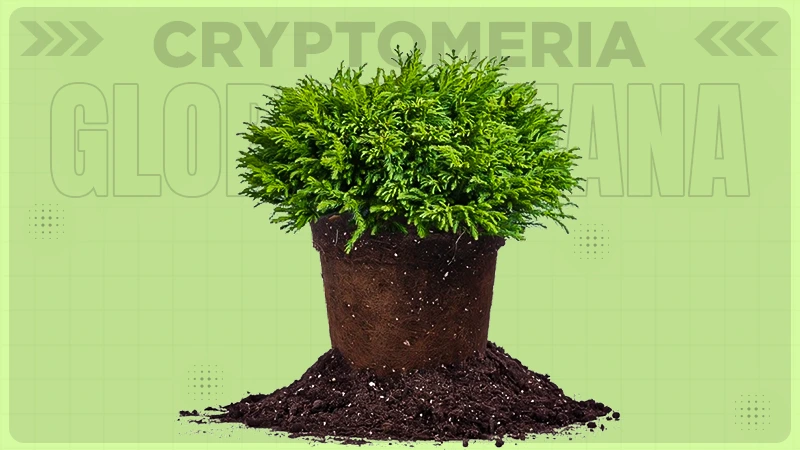
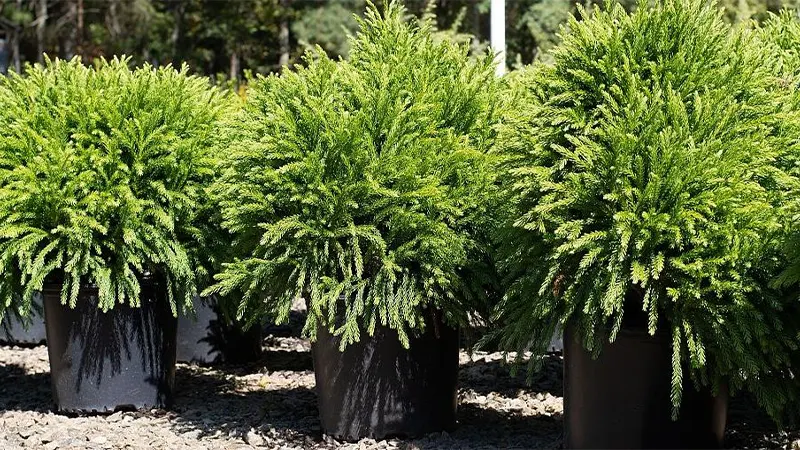
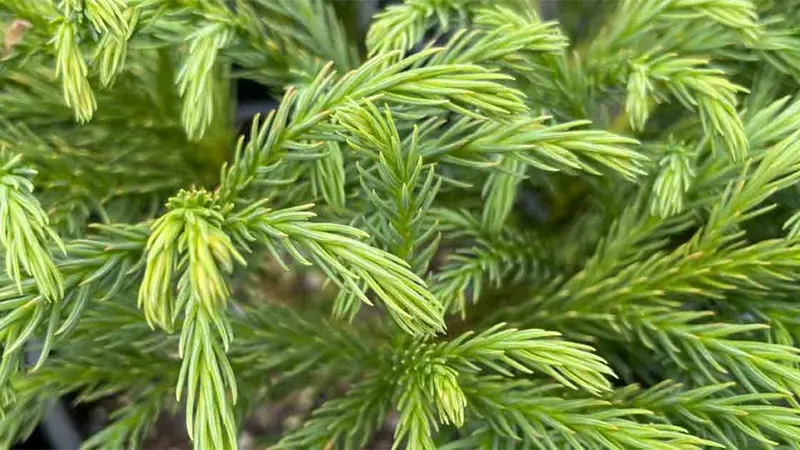
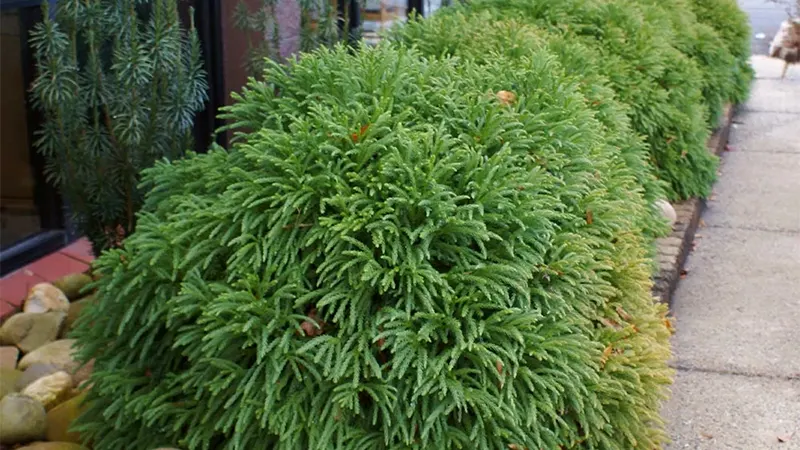
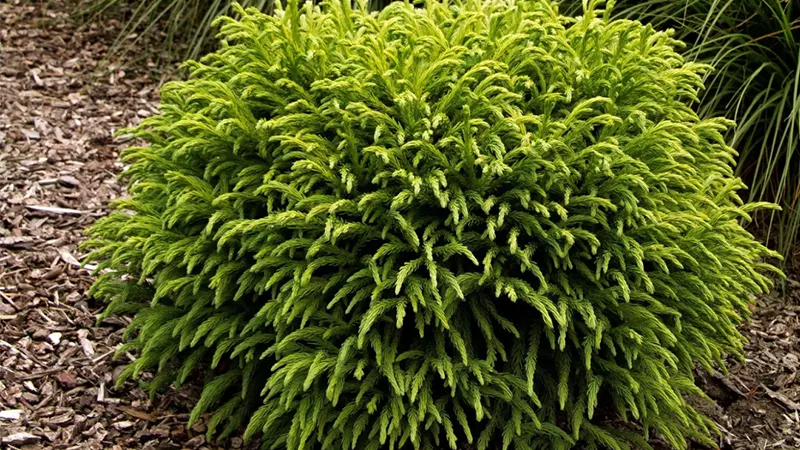
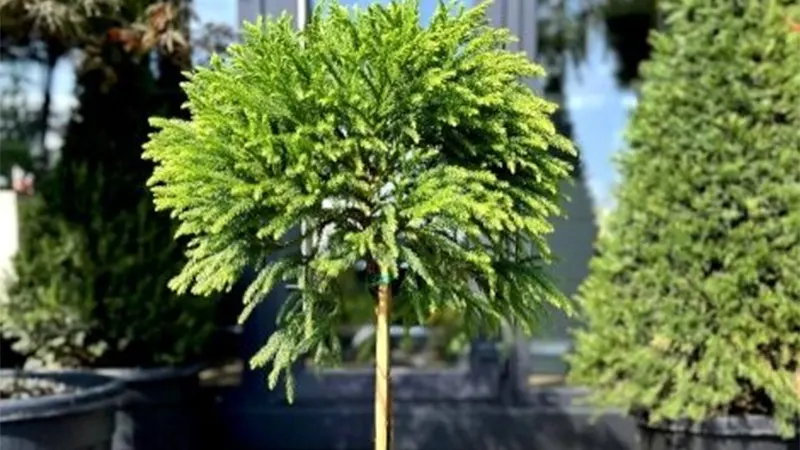
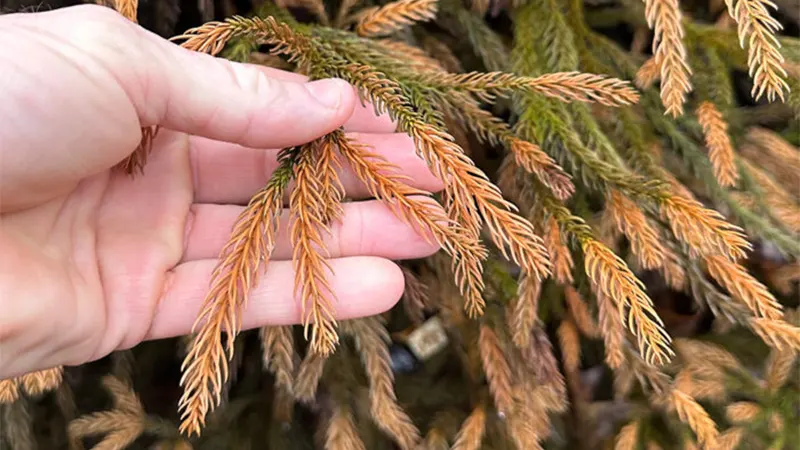
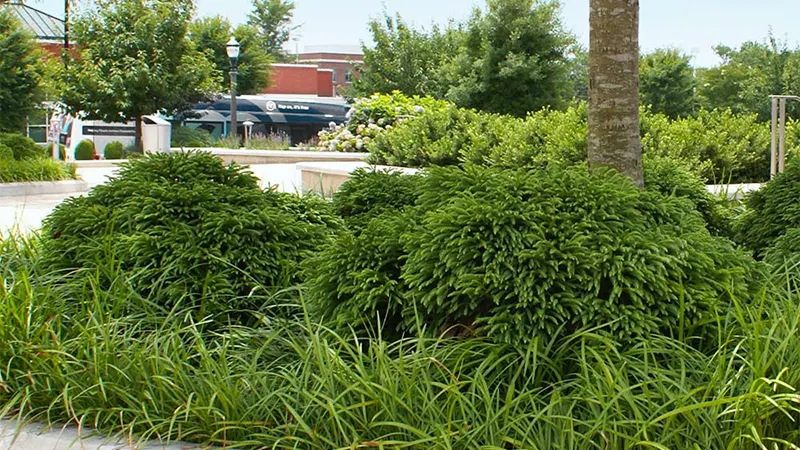

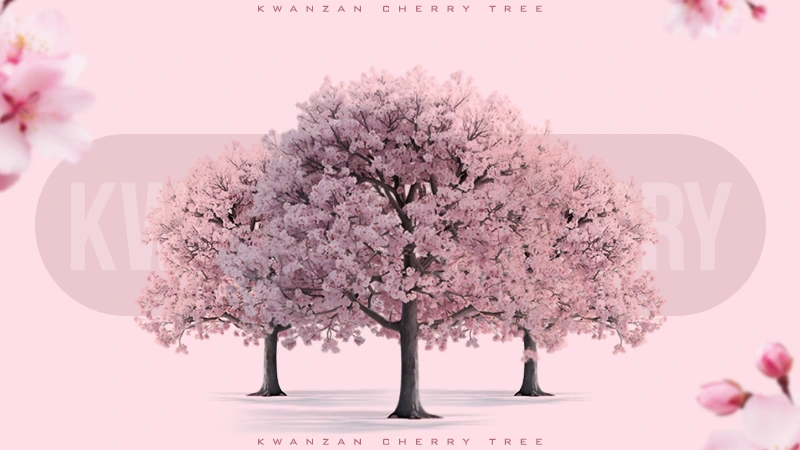
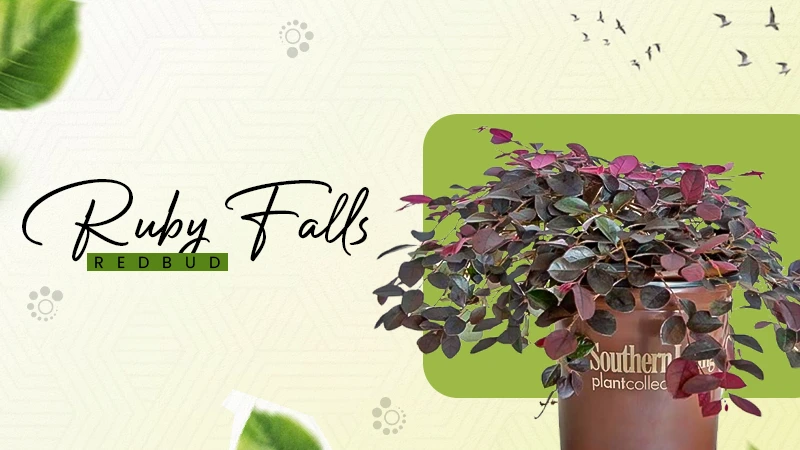
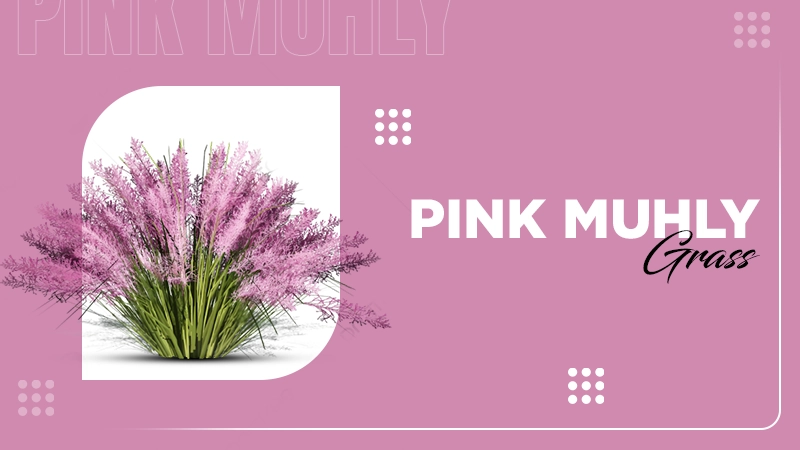
Reviews
There are no reviews yet.